When Quintero, a Mexican revolutionary leader, is left to rot in jail by the forces of President Diaz, it's up to his subordinate, Max, to bust him out. With $600 in hand, he crosses the border into America and hires Chris Adams, a mercenary of considerable skill, who uses the rest of the cash on more hired guns. After the team is rounded out by experts on close-combat fighting, explosives, and knife-throwing, they set off to free Quintero.
Related Movies
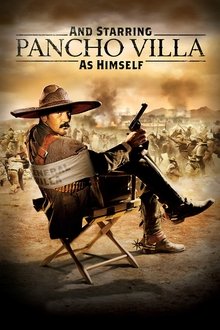
And Starring Pancho Villa as Himself (2003)
In 1914, the Mexican revolutionary Pancho Villa invites studios to shoot his actual battles against Porfírio Diaz army to raise funds for financing guns and ammunition. The Mutual Film Corporation, through producer D.W. Griffith, interests for the proposition and sends the filmmaker Frank Thayer to negotiate a contract with Pancho Villa himself.
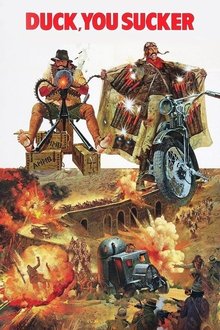
Duck, You Sucker (1971)
At the beginning of the 1913 Mexican Revolution, greedy bandit Juan Miranda and idealist John H. Mallory, an Irish Republican Army explosives expert on the lam from the British, fall in with a band of revolutionaries plotting to strike a national bank. When it turns out that the government has been using the bank as a hiding place for illegally detained political prisoners -- who are freed by the blast -- Miranda becomes a revolutionary hero against his will.
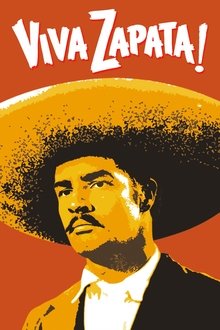
Viva Zapata! (1952)
The story of Mexican revolutionary Emiliano Zapata, who led a rebellion against the corrupt, oppressive dictatorship of president Porfirio Díaz in the early 20th century.
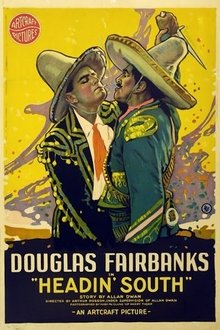
Headin' South (1918)
A lost film. As described in a film magazine Exhibitors Herald on March 16, 1918: "a forest ranger known only as Headin' South (Fairbanks) goes forth in search of Spanish Joe (Campeau), a Mexican responsible for most of the treachery and outlawry along the U.S.-Mexican boarder. Headin' South gains quite a reputation as he goes along and finally believes himself worthy of joining Joe's band. in a whirlwind finish in which Joe is captured, Headin' South meets one of Joe's near victims (MacDonald) and falls in love with her."
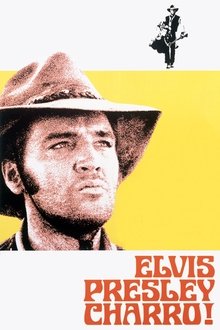
Charro! (1969)
Vince Hackett's gang steals a prized victory canon from Mexico and blames the deed on ex-member Jess Wade, who wants to go straight.
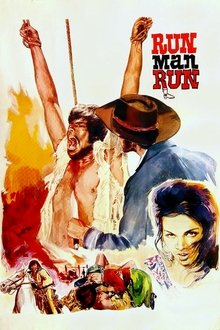
Run, Man, Run (1968)
The legendary Tomas Milian stars as Cuchillo, a knife-throwing thief on the run from murderous bandits, sadistic American agents, his hot-blooded fiancée and a sheriff turned bounty hunter, all of whom are gunning for a hidden fortune in gold that could finance the Mexican Revolution.
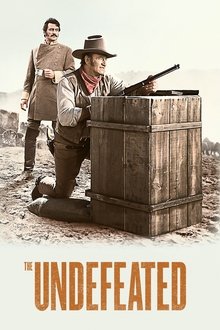
The Undefeated (1969)
After the Civil War, ex-Union Colonel John Henry Thomas and ex-Confederate Colonel James Langdon are leading two disparate groups of people through strife-torn Mexico. John Henry and company are bringing horses to the unpopular Mexican government for $35 a head while Langdon is leading a contingent of displaced southerners, who are looking for a new life in Mexico after losing their property to carpetbaggers. The two men are eventually forced to mend their differences in order to fight off both bandits and revolutionaries, as they try to lead their friends and kin to safety.
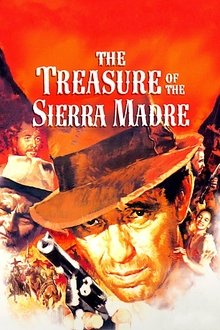
The Treasure of the Sierra Madre (1948)
Two jobless Americans convince a prospector to travel to the mountains of Mexico with them in search of gold. But the hostile wilderness, local bandits, and greed all get in the way of their journey.
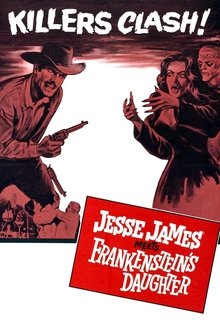
Jesse James Meets Frankenstein's Daughter (1966)
Dr. Frankenstein's Granddaughter Maria, and her brother assistant Rudolph, moved to the old west because the lightning storms there are more frequent and intense, which allows them to work on the experiments of their grandfather. But the experiments are failing and Rudolph's been secretly killing the corpses afterwards. Meanwhile, the Lopez family leaves the town because of the evil going on there

Bandidas (2006)
When a ruthless robber baron takes away everything they cherish, a rough-and-tumble, idealistic peasant and a sophisticated heiress embark on a quest for justice, vengeance…and a few good heists.
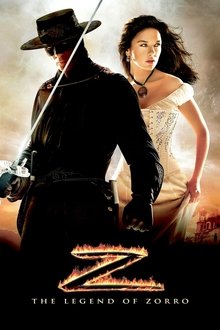
The Legend of Zorro (2005)
Despite trying to keep his swashbuckling to a minimum, a threat to California's pending statehood causes the adventure-loving Don Alejandro de la Vega and his wife, Elena, to take action.
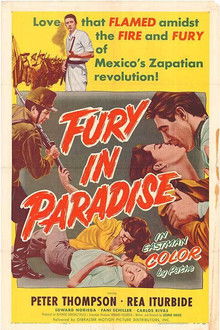
Fury in Paradise (1955)
In this western, the hero takes a Mexican vacation, gets caught up in a revolutionary plot with the powerful owner of a hacienda, and falls in love with the rancher's daughter all at the same time.
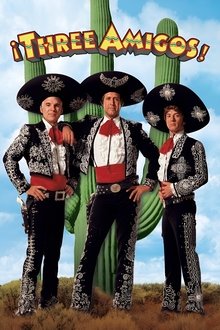
¡Three Amigos! (1986)
A trio of unemployed silent film actors are mistaken for real heroes by a small Mexican village in search of someone to stop a malevolent bandit.
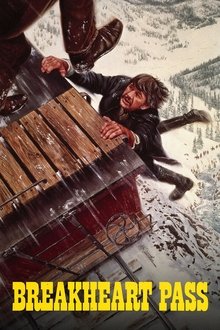
Breakheart Pass (1975)
At the height of the frontier era, a train races through the Rocky Mountains on a classified mission to a remote army post. But one by one the passengers are being murdered, and their only hope is the mysterious John Deakin, who's being transported to face trial for murder.
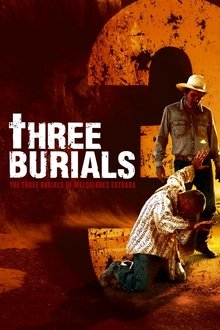
The Three Burials of Melquiades Estrada (2005)
When brash Texas border officer Mike Norton wrongfully kills and buries the friend and ranch hand of Pete Perkins, the latter is reminded of a promise he made to bury his friend, Melquiades Estrada, in his Mexican home town. He kidnaps Norton and exhumes Estrada's corpse, and the odd caravan sets out on horseback for Mexico.
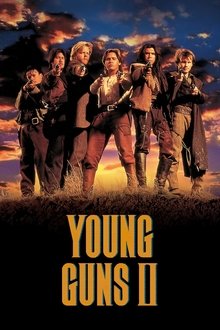
Young Guns II (1990)
Three of the original five "young guns" — Billy the Kid, Jose Chavez y Chavez, and Doc Scurlock — return in Young Guns, Part 2, which is the story of Billy the Kid and his race to safety in Old Mexico while being trailed by a group of government agents led by Pat Garrett.
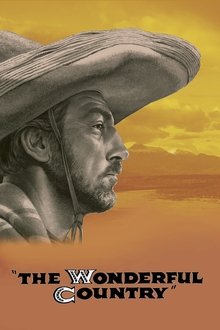
The Wonderful Country (1959)
Having fled to Mexico from the U.S. many years ago for killing his father's murderer, Martin Brady travels to Texas to broker an arms deal for his Mexican boss, strongman Governor Cipriano Castro. Brady breaks a leg and while recuperating in Texas the gun shipment is stolen. Complicating matters further the wife of local army major Colton has designs on him, and the local Texas Ranger captain makes him a generous offer to come back to the states and join his outfit. After killing a man in self-defense, Brady slips back over the border and confronts Castro who is not only unhappy that Brady has lost his gun shipment but is about to join forces with Colton to battle the local raiding Apache Indians.
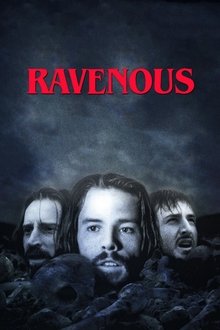
Ravenous (1999)
Upon receiving reports of missing persons at Fort Spencer, a remote Army outpost on the Western frontier, Capt. John Boyd investigates. After arriving at his new post, Boyd and his regiment aid a wounded frontiersman who recounts a horrifying tale of a wagon train murdered by its supposed guide – a vicious U.S. Army colonel gone rogue. Fearing the worst, the regiment heads out into the wilderness to verify the gruesome claims.
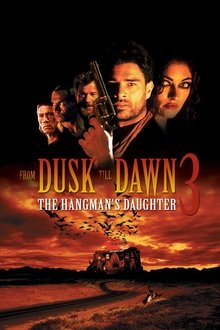
From Dusk Till Dawn 3: The Hangman's Daughter (2000)
Narrowly escaping death, outlaw Johnny Madrid goes on the run with the hangman's sensuous daughter Esmeralda by his side.
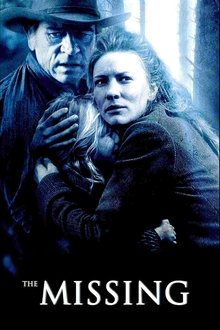
The Missing (2003)
When rancher and single mother of two Maggie Gilkeson sees her teenage daughter, Lily, kidnapped by Apache rebels, she reluctantly accepts the help of her estranged father, Samuel, in tracking down the kidnappers. Along the way, the two must learn to reconcile the past and work together if they are going to have any hope of getting Lily back before she is taken over the border and forced to become a prostitute.